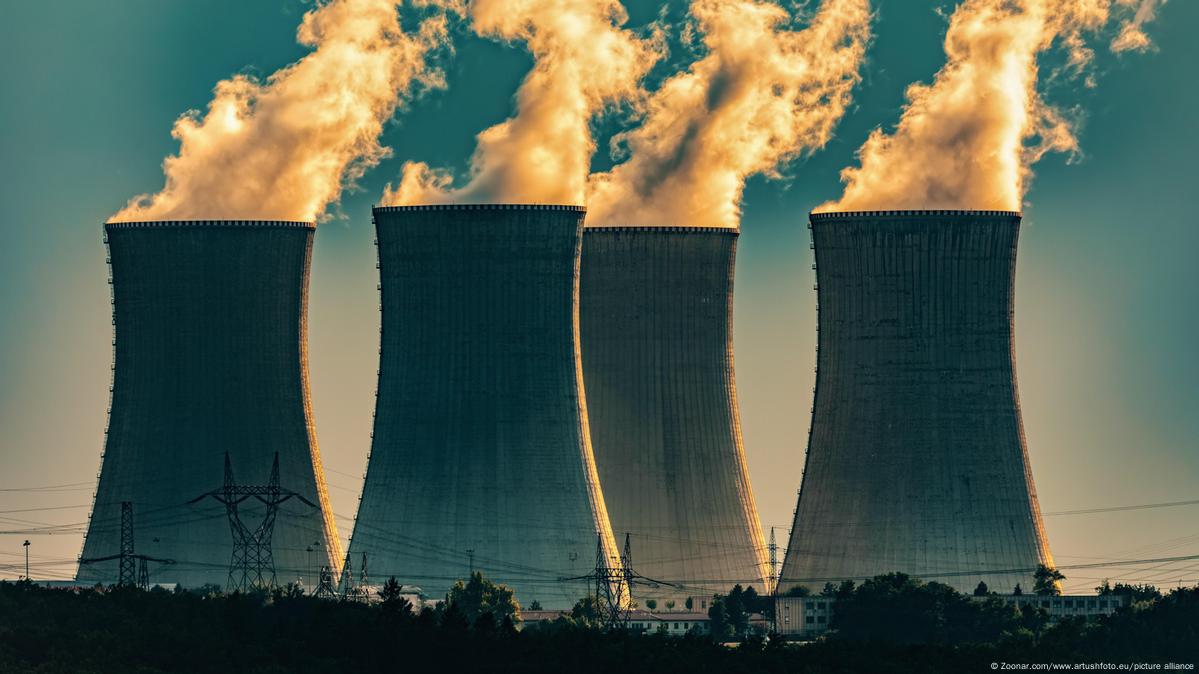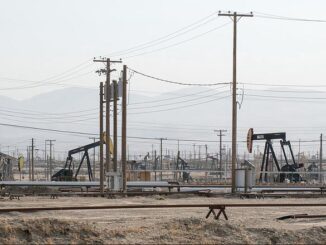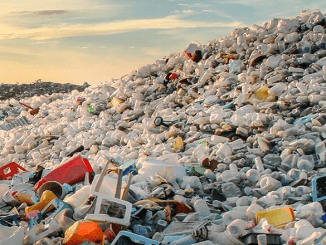Changes in the global energy sector are gaining momentum, and the market for nuclear power plant equipment is at the center of this process. This is happening against a backdrop of rapid growth in energy consumption. Industry, social networks, AI, and iGaming—all of these consume more and more energy resources.
Global targets for reducing CO₂ emissions are bringing nuclear energy to the forefront, as it is capable of providing stable and clean electricity. New technological solutions, huge investments, and growing demand for low-carbon resources raise a logical question: will the nuclear industry be the driving force behind the energy transition in the coming decades?
Nuclear energy is the key to climate goals
Today, nuclear power plants generate approximately 10% of the world's electricity, with this figure reaching 25-70% in countries with developed atomic industries, according to the International Energy Agency (IEA). Experts note that nuclear energy remains the only scalable source of carbon-free generation that operates continuously and directly supports the stability of energy systems. According to IAEA experts, the transition to a low-carbon economy is unlikely to happen without the active development of nuclear power plants.
At the same time, major countries are developing ambitious plans to reduce emissions: the European Union has declared the need to “move to zero emissions” by 2050, China has announced the creation of a modern nuclear infrastructure, and the United States is investing in the modernization of its existing facilities.

How investments shape market development
According to a study by Persistence Market Research, the global market for nuclear power plant equipment is expected to reach $53.5 billion by 2031, with an average annual growth rate of 3.5%.
The primary factors are the rapid increase in electricity demand, the shift towards decarbonization, and the widespread replacement of aging nuclear power plants.
Government support and innovative loans are facilitating the launch of new projects, especially in countries with rapidly growing consumption, such as China and India. The rapidly developing Asia-Pacific region is estimated to account for more than 45% of the market, as it is here that large construction projects and large-scale modifications are being implemented.
What technologies are driving the industry forward
Reactor systems, turbines, auxiliary pumps, and digital control systems are in highest demand. Particular attention is being paid to safety technologies and the modernization of older plants.
Current market trends are dictated by digitalization and predictive analytics. Leading players are actively implementing modern platforms, such as digital twins, which allow remote monitoring of equipment status and the use of artificial intelligence algorithms for maintenance planning.
Notable innovations include the AP1000 (Westinghouse Electric Company) and EPR (Framatome/Areva) reactors, which have become examples of highly efficient and safe solutions that integrate modern digital control systems.
What is hindering further development
The industry faces a range of complex challenges. The key barriers are high initial investment costs, long design and construction cycles, and political and public concerns about safety and radioactive waste management.
Regulatory procedures often drag on for years. In some regions, there is strong opposition from environmental organizations. According to analysts, opinions on the future role of nuclear energy remain divided: a number of countries in Europe and North America remain skeptical, while others are increasing their budget allocations.
Regional dynamics
The Asia-Pacific region is currently setting the trajectory for the industry's development. China already operates more than 50 large power units and is building 16 more, while India and South Korea are increasing investment in their own programs.
New construction projects are underway in the Persian Gulf and Latin America: the UAE has successfully completed the Barakah project, and Brazil plans to expand the share of nuclear energy to diversify its energy balance.
In North America and Europe, the focus is on modernizing and extending the life of existing plants, especially as facilities built in the 1970s and 1980s are aging. There is a popular trend toward investing in small modular reactors.
Cutting-edge technologies: SMRs and digitalization
Small modular reactors (SMRs) — compact, highly prefabricated power plants — are becoming a symbol of a new stage of development. These plants can be quickly built even in hard-to-reach regions, integrated with renewable energy sources, and provide flexibility for distributed generation.
Engineers are actively introducing innovations in materials (e.g., corrosion-resistant alloys) and digital technologies. Autonomous control systems, predictive maintenance, and the use of artificial intelligence for safety monitoring are changing the familiar structure of nuclear power plant operation.
Hybrid energy solutions – synergy with green technologies
The integration of nuclear energy with solar and wind power stations is gaining momentum: complex hybrid systems are being built, where nuclear power plants provide base load generation and renewable energy sources cover peak load requirements. The production of hydrogen using nuclear energy deserves special attention. The IEA notes the potential of this technology to reduce emissions in the industrial sector.
Such synergy opens up new horizons for modern energy systems, making them more sustainable and capable of adapting quickly to the needs of the future.
Where is the industry headed?
The main trends for the coming years are related to the widespread adoption of SMRs, increased digitalization, and the development of external service platforms. Dialogue between governments, companies, and experts will be key to finding a balance between safety, profitability, and social support for nuclear projects.
Leading agencies emphasize that the success of the nuclear industry in the 21st century depends on the courage to innovate, the ability to collaborate flexibly, and the willingness to openly discuss challenges. The outlook remains optimistic, but the path to sustainable energy requires effort from all sides.
This material has been prepared based on data from Persistence Market Research, the International Energy Agency, the IAEA, and industry press releases from Westinghouse, Framatome, and NuScale Power. Forecasts may be adjusted depending on the pace of technological and economic development.
This material was prepared with the support of App1win



